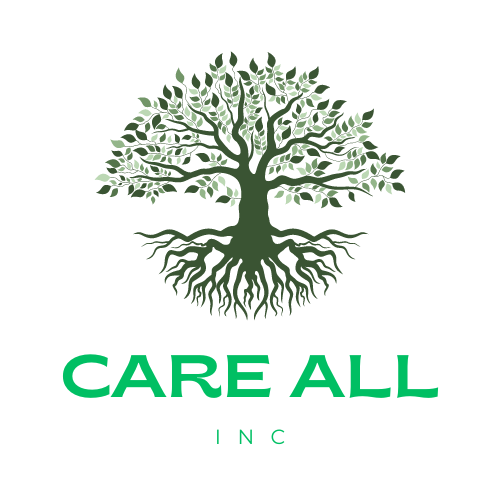Staying compliant with employment laws isn’t just about avoiding fines—it’s about building a long-lasting, ethical organization that values its team members. The landscape of HR compliance is always changing, with new labor laws and regulations constantly being introduced.
This can leave HR professionals feeling as though they’re playing catch-up. If you’re looking for clear guidance on how to keep your organization in harmony with HR regulations, you’ve come to the right place.
This post explores six actionable strategies to help your HR department stay updated on legal compliance while fostering a healthy and lawful workplace.
1. Stay Alert to Employment Law Updates
Keep Tabs on Changing Legislation
Employment laws can vary significantly by region, industry, and even organization size.
Whether it’s minimum wage increases, updated overtime rules, or new anti-discrimination laws, it’s crucial to actively monitor legislative developments at the federal, state, and local levels. Labor law compliance demands vigilance—missing an update could put your organization at risk.
Actionable Tip: Set Alerts and Subscribe to Newsletters
Use apps or tools that send notifications every time there is an update in HR regulations. Subscribing to newsletters from lawmakers or legal professionals can also help.
2. Train Your HR Team on Legal Compliance
Ongoing Training is Non-Negotiable
Your HR team is the first line of defense when it comes to legal compliance. Make sure they’re well-versed in both existing employment laws and any changes that arise. Regulations surrounding wage transparency, workplace harassment, or remote work benefits are just a few examples of areas that your HR team should regularly revisit.
Actionable Tip: Host Quarterly Compliance Workshops
Engage a legal professional for quarterly compliance workshops to ensure HR professionals and managers alike are aware of changing employment law.
3. Conduct Regular HR Audits
Know Where You Stand
HR compliance audits are essential for identifying potential vulnerabilities within your organization. Key areas to assess include payroll, employee classifications, workplace safety standards, and documentation processes. These audits uncover existing gaps that may lead to costly penalties if left unresolved.
Actionable Tip: Create an Audit Checklist
Streamline your auditing process by preparing a checklist that focuses on frequently overlooked requirements, like Form I-9 compliance or ensuring proper classification of exempt and nonexempt employees.
4. Develop a Comprehensive Employee Handbook
A Roadmap for Compliance
A detailed employee handbook is a critical tool for ensuring labor law compliance throughout your organization. It outlines benefits, workplace behavior expectations, disciplinary procedures, and relevant legal guidelines for employees. Additionally, it helps maintain consistent enforcement of HR regulations.
Actionable Tip: Review and Update Regularly
Update your handbook annually to accommodate changes in labor laws or company policies. Make it readily accessible (both digitally and physically) to ensure employees know their rights and obligations.
5. Foster Open Communication Channels
Transparency Ensures Compliance Too
Sometimes employees are the ones noticing compliance issues first. Open communication is essential to spotting and addressing minor problems before they become major issues. A whistleblowing mechanism or anonymous feedback process can be pivotal in identifying challenges such as workplace harassment or misclassification.
Actionable Tip: Make Feedback Anonymous
An anonymous feedback system allows employees to express concerns about HR compliance without fear of retaliation, leading to a safer and legally airtight workplace.
6. Partner with Experts When Needed
Know When to Seek Help
Even the best internal HR teams encounter compliance complexities from time to time. Consulting with employment law attorneys or partnering with external HR compliance platforms can provide clarity in ambiguous situations. These experts offer strategies tailored to your organization’s challenges.
Actionable Tip: Create an Emergency Compliance Budget
Set aside a budget for unforeseen HR compliance consultations. These funds will help your organization immediately address pressing legal issues without added financial strain.
Build a Culture of Compliance
By focusing on employee rights and legal responsibilities, your organization isn’t just achieving HR compliance—it’s laying the groundwork for trust, fairness, and safety within the workplace. Leveraging tools like quarterly audits, adopting an inclusive handbook, and keeping employees informed will help you stay ahead.
Compliance is a continual process, not a one-time event. Stay proactive as you learn more, train your team frequently, and turn your organization into a model for ethical HR practices.






